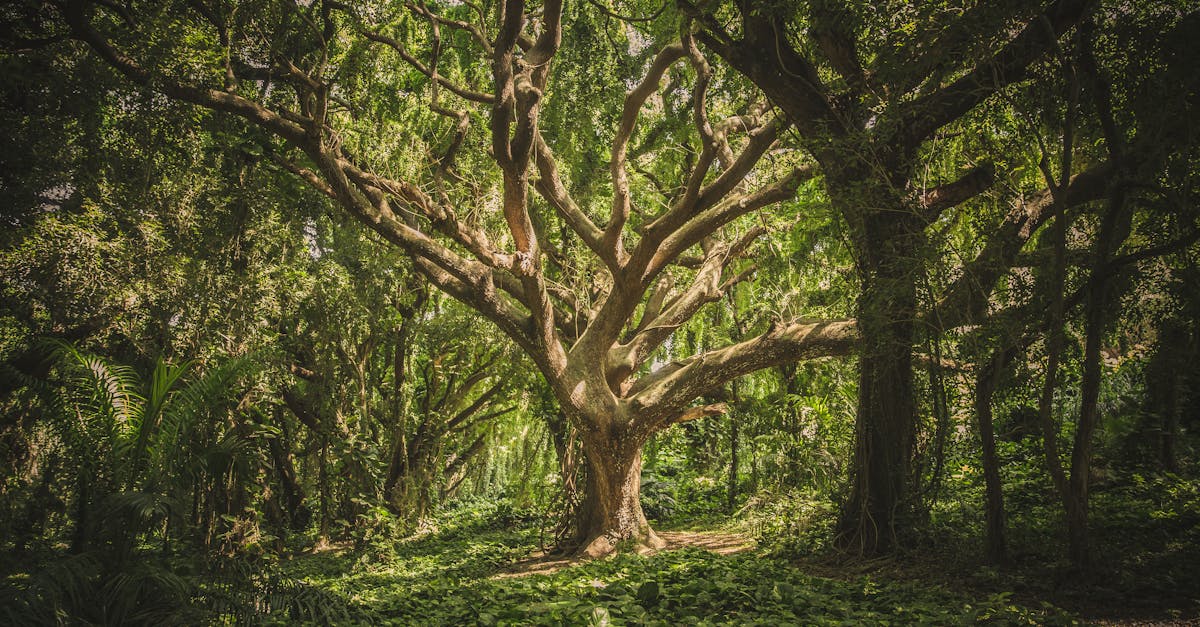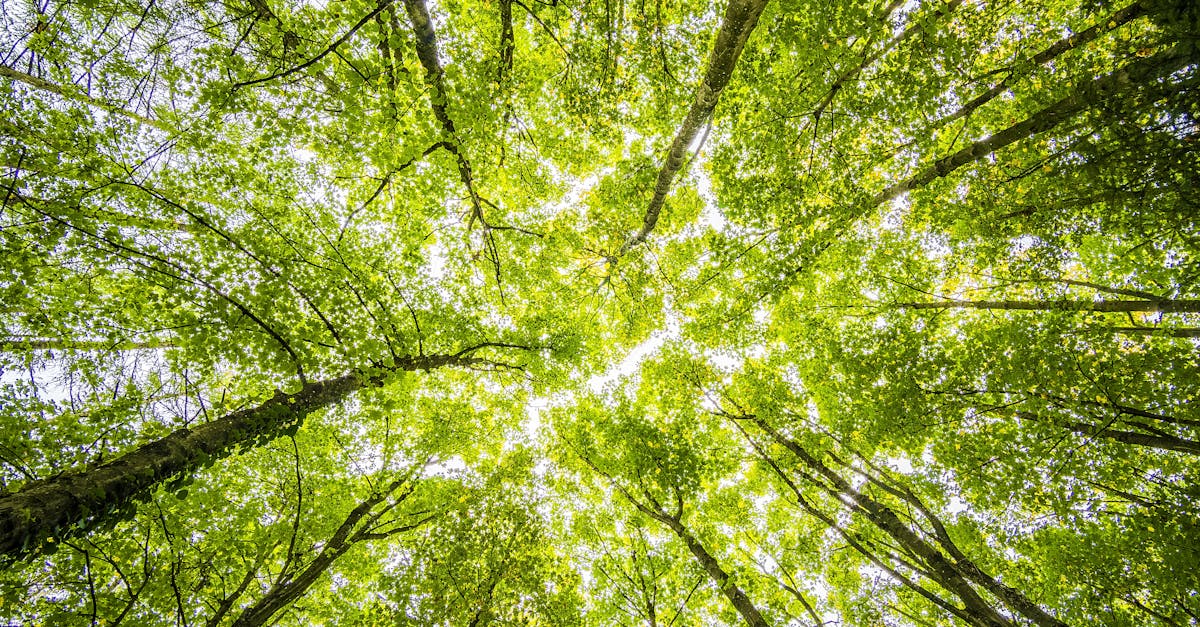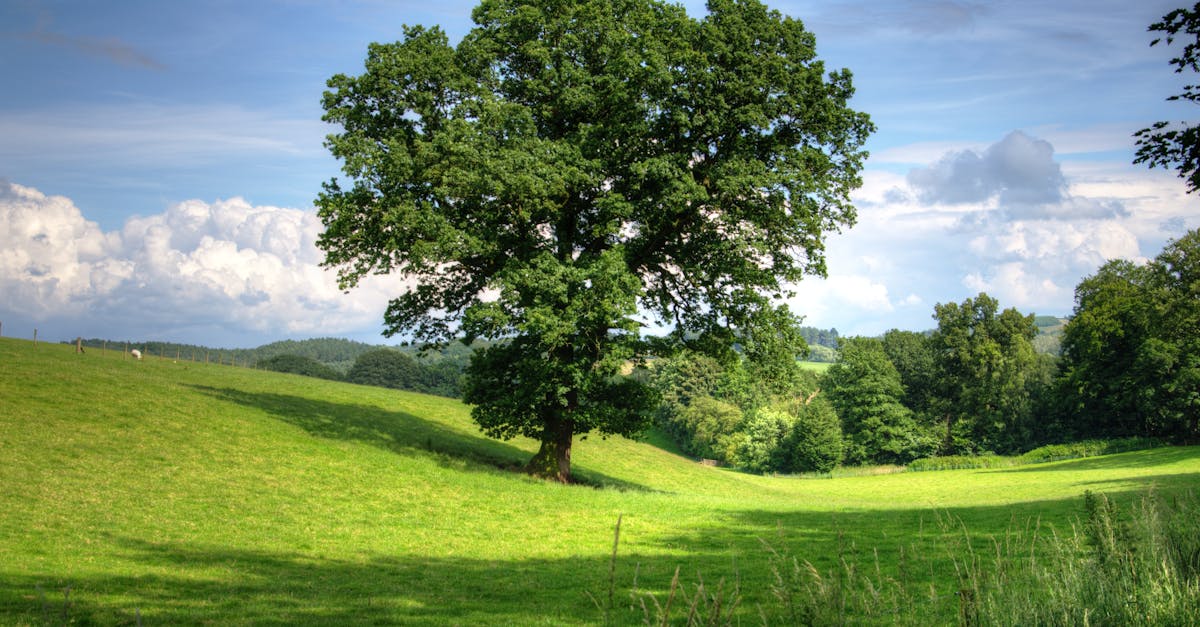
Best Practices for Tree Trimming Safety
When it comes to ensuring safety during tree pruning and trimming, following best practices is paramount in avoiding accidents and injuries. At Tree Pruning and Trimming Georgia, we prioritize the well-being of both our workers and your property. One crucial safety measure is to always wear the appropriate protective gear, including gloves, goggles, and a helmet, to shield yourself from any potential debris that may fall during the process.
Furthermore, it is essential to inspect the tree and the surrounding area carefully before initiating any trimming. Looking out for hazards like power lines, weak branches, or overhead obstacles is crucial. Always make sure that your equipment is in good working condition, and double-check that all safety precautions are in place before starting the tree trimming process. By adhering to these safety guidelines, you can ensure a smooth and secure tree pruning experience.
Proper Equipment Usage
When it comes to tree pruning and trimming in Georgia, using the proper equipment is essential to ensure the job is done safely and effectively. One of the primary tools you must have is a reliable pair of pruning shears. These will allow you to handle smaller branches and make precise cuts without causing damage to the tree. For larger branches, a pruning saw is necessary to avoid tearing the bark and creating a jagged cut that could harm the tree.
Additionally, having a sturdy ladder or a pole pruner is vital for reaching higher branches safely without risking injury. Remember to always wear appropriate safety gear, including gloves, goggles, and a helmet, to protect yourself during the tree trimming process. By being properly equipped, you can maintain the health and appearance of your trees while keeping yourself safe and secure during the Tree Pruning and Trimming Georgia.
Impact of Seasonal Changes on Tree Pruning
Tree Pruning and Trimming Georgia is influenced by seasonal changes. The time of year plays a crucial role in determining the best moment to prune your trees. In general, the dormant season - typically late winter to early spring - is the ideal time for most tree pruning tasks. During this period, the tree is not actively growing, allowing wounds to heal more quickly and reducing stress on the tree.
Conversely, pruning during the late spring or summer months may expose the tree to increased risk of disease or insect infestation. Additionally, pruning in fall can stimulate new growth that may not have enough time to harden before winter, potentially causing damage. By aligning your tree pruning efforts with the natural growth cycles dictated by the seasons, you can promote the overall health and vitality of your trees in Tree Pruning and Trimming Georgia.
Weather Conditions
Weather conditions play a crucial role in determining the best time for tree trimming and pruning. In Georgia, the ideal period for tree maintenance is during the dormant season, usually in late winter or early spring. This timing helps trees recover faster and minimizes stress, promoting healthy growth and development. Tree Pruning and Trimming Georgia experts advise avoiding trimming during extreme weather conditions such as high winds, heavy rains, or frost, as these can affect the healing process of the trimmed areas and the overall health of the tree.
Additionally, choosing a day with mild temperatures and no precipitation is optimal for effective tree trimming. Rain or high humidity can lead to slippery conditions and affect the accuracy of cuts. Ensuring that the tree's foliage is dry is essential for preventing the spread of diseases during the trimming process. By being mindful of weather conditions, individuals can enhance the success of their tree maintenance efforts and support the long-term vitality of their trees.
Frequently Asked Questions About Tree Trimming
When it comes to tree maintenance, it's common to have questions about the best practices for tree trimming. At Tree Pruning and Trimming Georgia, we often encounter inquiries about the optimal timing for tree trimming. While the ideal month can vary depending on the type of tree and its specific needs, generally speaking, late winter to early spring is considered a favorable time for tree pruning.
One of the frequently asked questions we receive is about the impact of seasonal changes on tree pruning. Weather conditions play a crucial role in determining the best time to trim trees. Factors like temperature, humidity, and the tree's growth patterns can all influence the success of the pruning process. Understanding how seasonal changes affect tree health is essential for ensuring effective and safe tree trimming practices.
Optimal Trimming Frequency
When considering the optimal frequency for tree trimming, it is crucial to align the pruning schedule with the specific tree species and its growth patterns. In regions such as Georgia, it is commonly recommended to conduct routine tree pruning and trimming to promote tree health and maintain a visually appealing landscape. Frequent inspection of trees will help determine the appropriate trimming intervals, ensuring that any overgrown branches or diseased limbs are promptly addressed. Tree Pruning and Trimming Georgia also often advise property owners to schedule regular maintenance sessions to prevent potential hazards and keep trees thriving throughout the year. By adhering to a consistent trimming frequency, individuals can effectively enhance the overall aesthetics and longevity of their trees.
To maximize the benefits of tree trimming, it is advisable to consult with local arborists or tree care professionals in Georgia to establish a personalized pruning plan. These experts can provide valuable insights into the unique requirements of various tree species, helping to optimize the frequency and techniques used during trimming sessions. By incorporating expert recommendations into your tree maintenance routine, you can optimize the health and structural integrity of your trees while minimizing the risk of damage caused by overgrown branches or inclement weather conditions. By prioritizing regular tree trimming in Georgia, property owners can foster a safe and vibrant outdoor environment that enhances the beauty and value of their landscape.
FAQS
When is the best time of year to trim trees?
The ideal time to trim trees is typically during late winter or early spring, before new growth begins.
Why is late winter or early spring the best time for tree trimming?
Trimming trees during this period promotes healthy growth and minimizes stress on the tree, as it allows for optimal healing of the pruning wounds.
Can trees be trimmed during other seasons?
Trees can be trimmed during other seasons if necessary, but it is generally recommended to avoid trimming during the fall as it may leave the tree susceptible to diseases.
How often should trees be trimmed?
Trees should be trimmed on a regular basis to maintain their health and appearance. The frequency of trimming depends on the tree species and its growth rate. Consulting with a professional arborist can help determine the optimal trimming schedule for your trees.
Are there any regulations or restrictions on tree trimming?
Local regulations and restrictions on tree trimming may vary, so it is advisable to check with your city or county authorities before trimming trees on your property. Additionally, if the tree is located near power lines, it is recommended to contact the utility company for assistance with trimming to avoid any safety hazards.


